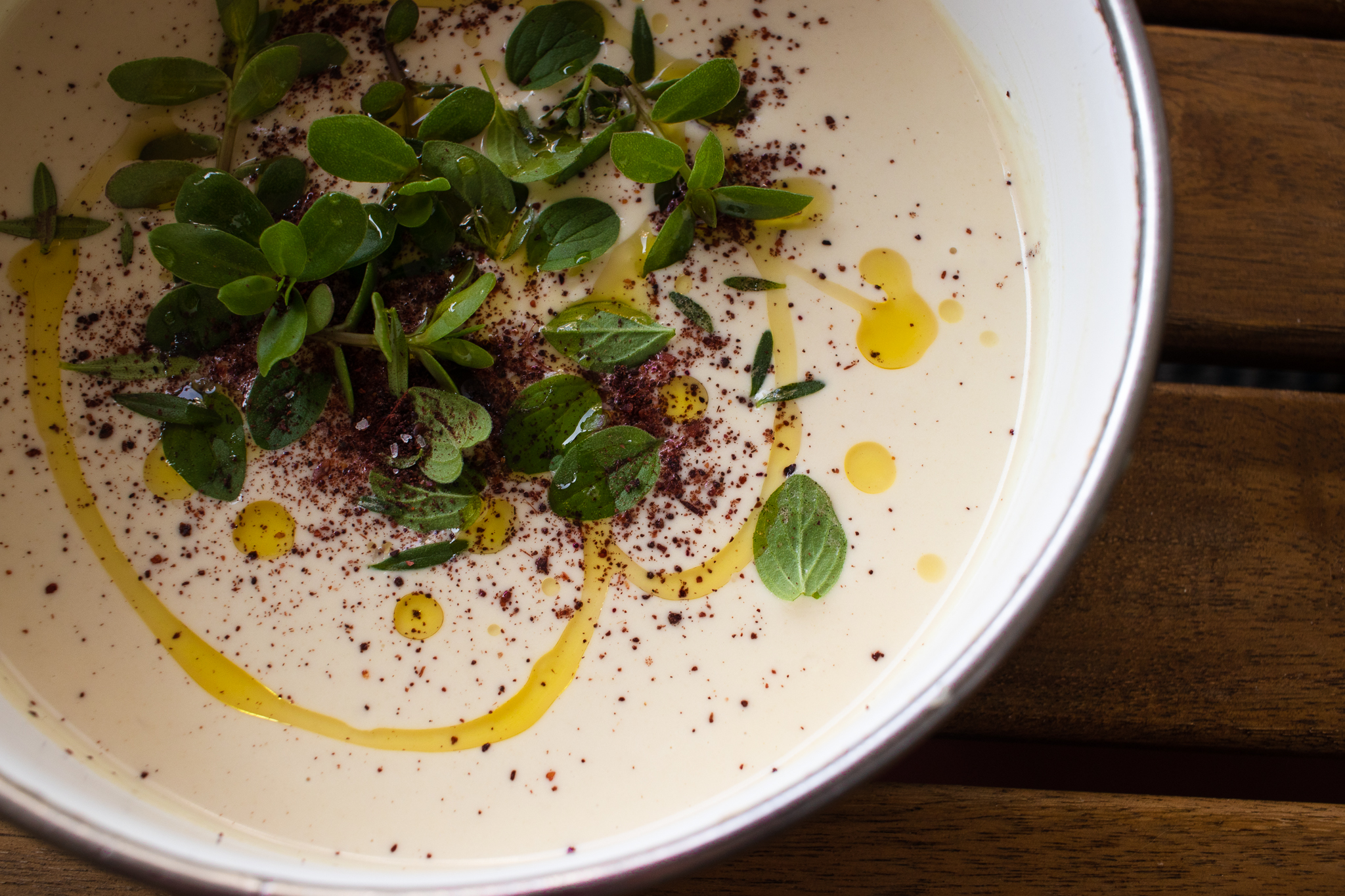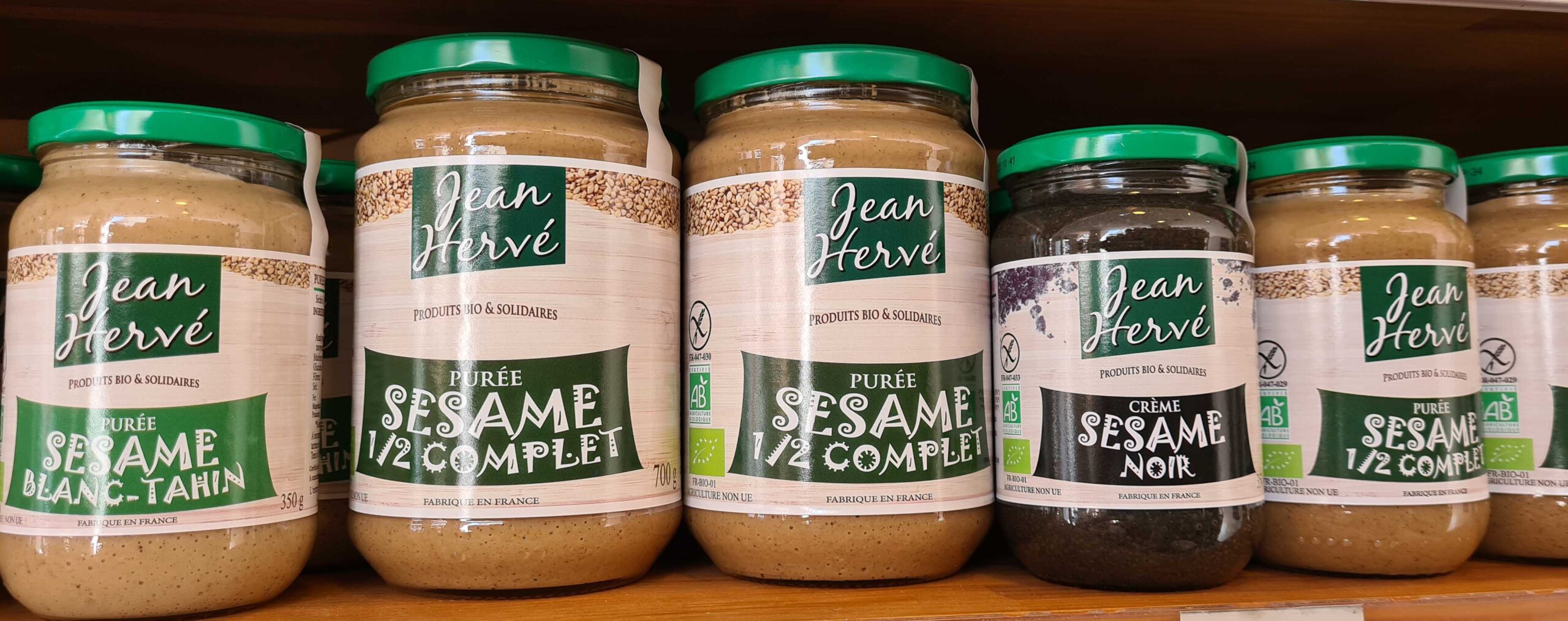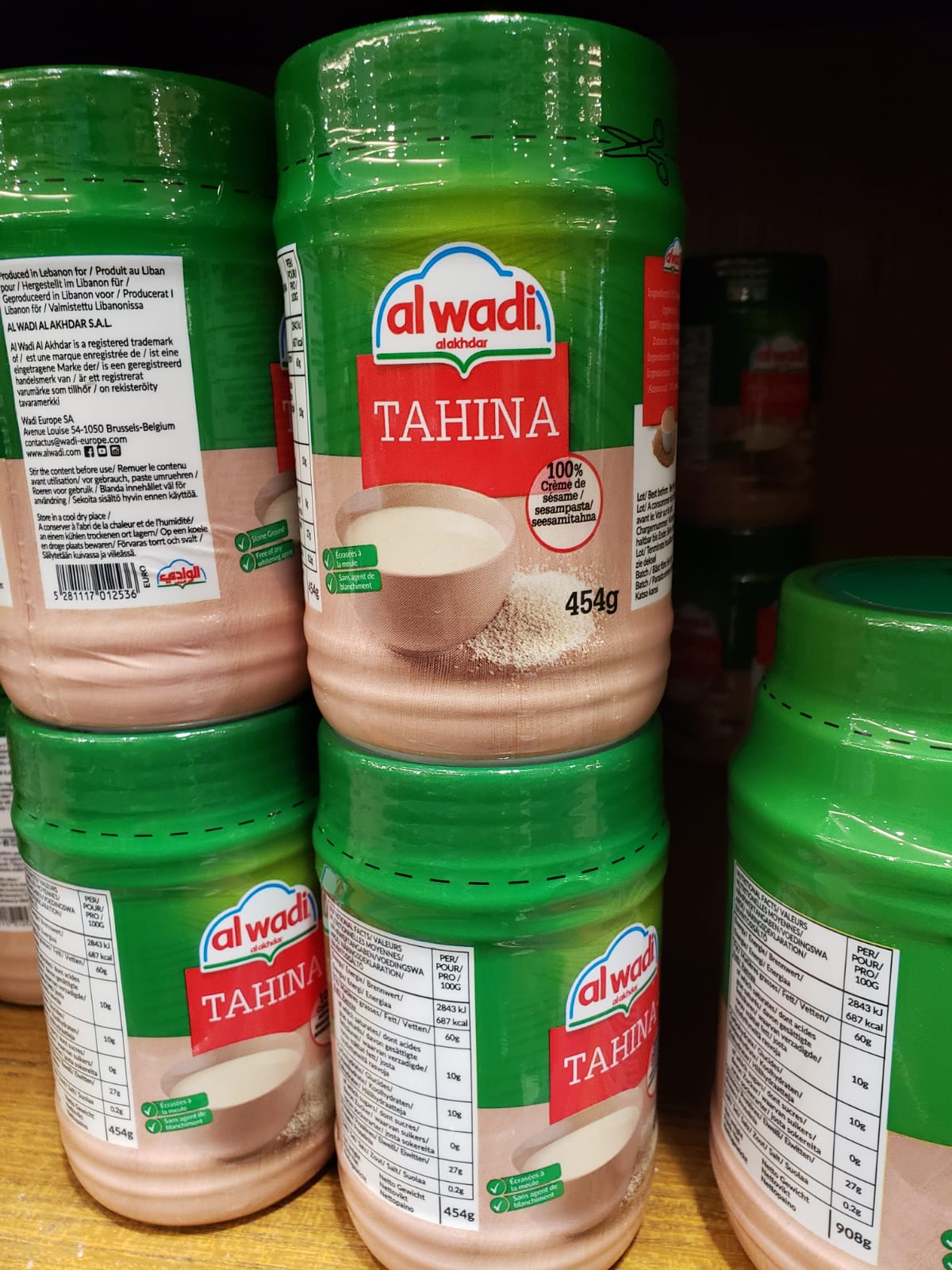
Tahini has become one of the brightest stars of modern cuisine in recent years. Its nutty flavor and rich texture, alongside its numerous nutritional benefits, made this once local Middle Eastern condiment grow popular all over the world.
Open sesame
Tahini is made entirely out of sesame. With evidence of use dating back to over 5000 years ago, sesame is one of the oldest crops in the world. While native to sub-Saharan Africa, the first cultivated sesame originated from India. It has since spread and has been widely used for thousands of years in the Middle East, Egypt, India and China. Sesame has been long considered as a highly nutritional superfood, and has been recognized as a valuable energy source, with calming and anti-aging properties in ancient medicinal writing. Indeed, modern research has shown that sesame consumption reduces blood pressure and has antioxidant effects. It is therefore no wonder that the health conscious foodies have gladly adopted tahini in their kitchens.
While use of sesame oil dates back to 3000 BC, the production of Tahini, which required a more complex technology, only started during the Middle Ages. After removing the bran, sesame seeds are roasted and traditionally ground in millstones to produce a rich buttery paste. Whole tahini is produced by reintroducing some of the previously removed bran to the mix after grinding.
How to choose the right tahini?
Though most supermarkets do not sell tahini, it is fairly easy to find tahini in Paris, either in Bio shops or in Turkish or Lebanese épiceries.
- As mentioned above, tahini is made of 100% sesame seeds. If the package tells you something different – it’s not a real tahini.
- Tahini should not be white – tahini’s color should be beige or grayish stone colored. If you see white or whitened tahini, it was probably whitened with chemical whitening agents like Titanium Dioxide – better avoid.
- Tahini should not be salty – a salty taste could indicate that the manufacturer added salt to cover their use of low-quality sesame.
- Ethiopian sesame from Humera is considered the best in the world, however – not all Ethiopian sesame is as good as Humera sesame – so when manufacturers proudly mention their use of Ethiopian sesame know that it doesn’t necessarily say much about quality.
My favorite tahini available in France is AlWadi, a Lebanese brand. You can find it in most middle-Eastern shops.
The perfect Tahini dip
Tahini can be used in multiple ways, with both savoury and sweet dishes. It can be added as a dressing to salads or granola, it can be used on top of noodles (“Dan-Dan” style) or ice cream – its buttery nutty flavour compliments almost anything – in Israel, many use it as ketchup and add it to just about everything they eat. The simplest, and most enjoyable IMO, to enjoy Tahini, however, is as a dip.
- 1 cup of Tahini
- ½ cup of cold water
- 1 crushed or finely chopped garlic clove
- 2-3 tbps of freshly squeezed lemon juice
- Salt
Optional:
- ⅓ cup of finely chopped parsley
Put all ingredients in a ball. After all ingredients are added, mix well using a whisker (or a fork) – do not use a blender. Taste and adjust to your taste if required – add more lemon juice to make it more sour, more water to make it runnier, more tahini to make it thicker or more salt to make it saltier.
How do you usually eat your tahini, and what is your favorite brand? Let me know in comments.
bon appétit!








